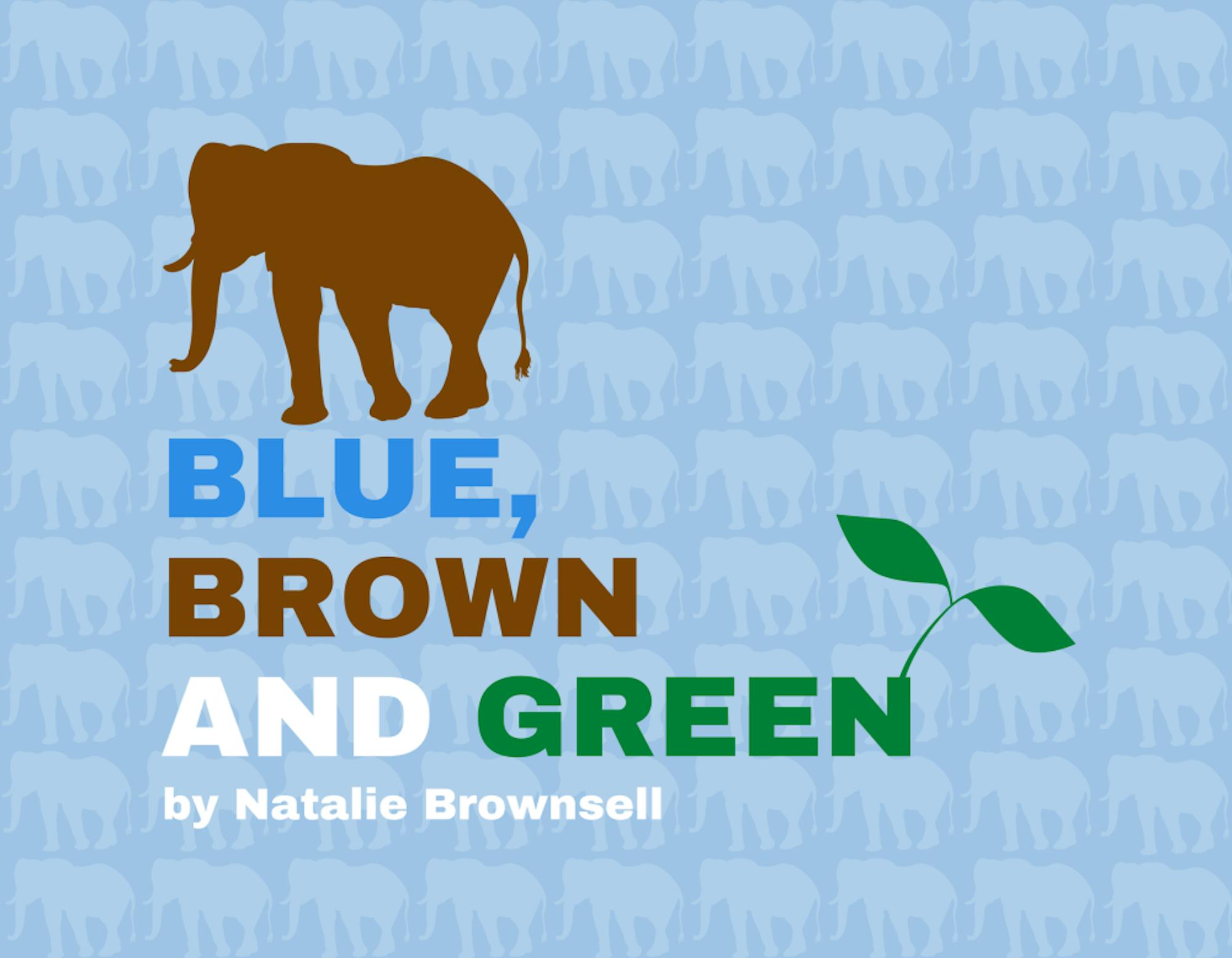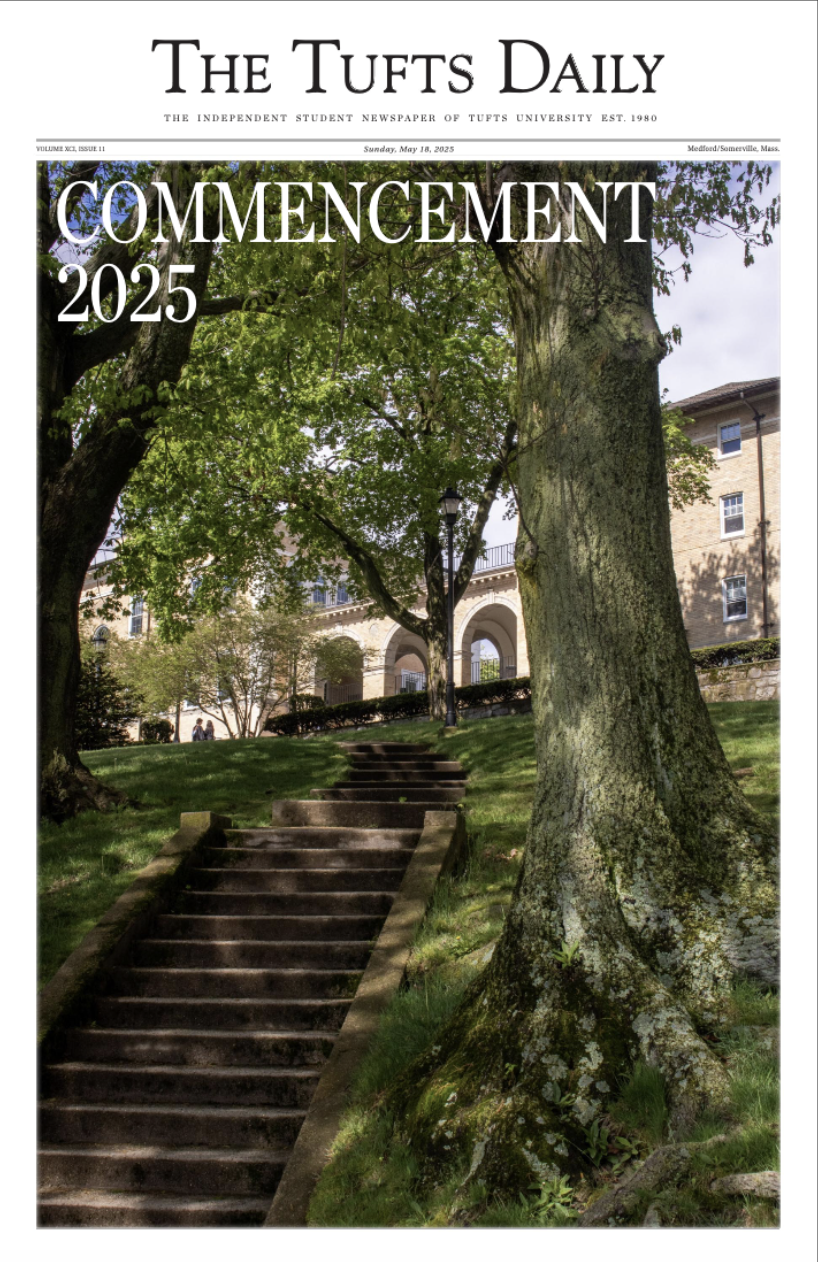Boston and its surrounding cities are beautiful places. One thing decidedly not beautiful is the litter that mars the woods and streets throughout Greater Boston. Unfortunately, I have, at times, seen a similar scene on campus. Though Tufts facilities might clean up litter occasionally, the responsibility for keeping our campus beautiful is a community-wide one. Littering is a serious problem in the U.S.;in a national litter study done by Keep America Beautiful in 2020, it was determined that there were “nearly 50 billion pieces of litter along U.S. roadways and waterways” throughout the country. That equates to 152 items of litter for every person in the United States per year.
One of the most direct environmental consequences to litter remaining in the environment is the danger it poses to wildlife. Wildlife often mistake litter for food or become entangled in it, causing the deaths of over one million animals nationwide each year. Moreover, when litter remains in the environment and begins to break down, it has the potential to pollute soil and water, posing health risks for both people and animals. Though trash will still decay in landfills, many of the harmful side effects are contained and the trash is kept out of direct contact with wildlife.
Another consequence of littering is the cost. Litter cleanup efforts cost the U.S. more than $11.5 billion each year, and educational institutions alone spend over $241 million of this each year. When litter is allowed to pile up, it can be costly to clean up and can create a large time investment. Individual effort to not only help clean up litter but also to prevent it from entering the environment in the first place can be vitally important environmental steps and can help take a financial strain off of your community.
Litter is undoubtedly a social issue, first and foremost. Studies determined that of observed individuals, “81% of the littering that occurred happened with notable intent.” Additionally, they found that “individuals who were observed littering were much less likely to report a personal obligation to not litter.” Littering is harmful to the environment, but it also is unpleasant to look at and is expensive to clean up. Oftentimes littering occurs because other litter is visible, and a ‘monkey see, monkey do’ effect is created. What we do — good or bad — has consequences. If one person litters in a place, someone else likely will also litter there. Similarly, if others observe that you are picking up some litter, they likely also will.
Though reducing overall waste production is best, it isn’t always possible. Making an effort to keep waste out of the environment can greatly reduce health risks to both humans and wildlife. Part of being in a community is having responsibility for other people and for the place itself. This week as you enjoy the spring weather, I encourage you to pick up even one piece of trash that you see. Your display of stewardship may inspire others to do the same.






